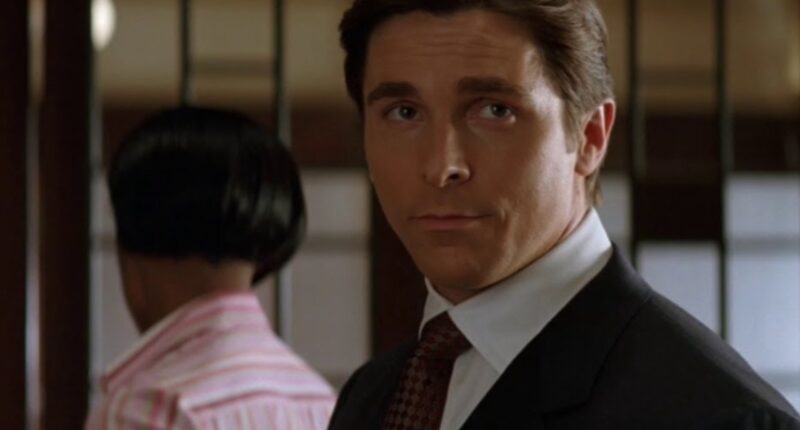Goyer’s not wrong. Certainly Michael Keaton is a lot of fun as a nervy Bruce Wayne who is uncomfortable in his own skin, but he too played a guy who (as we saw in Batman Returns) just sits around waiting for the Bat-Signal to tell him he can get in the suit again. The other guys who portrayed Batman in live action—Lewis Wilson and Robert Lowery in the 1940s serials, Val Kilmer and George Clooney after Keaton—just played Wayne as either a blank canvas or a PR schmoozer.
To be fair, those guys were also following some forms of the comics. When Bruce Wayne appears in “The Case of the Chemical Syndicate,” the Bill Finger and Bob Kane story that introduced Batman in 1939’s Detective Comics #27, he’s described by Commissioner Gordon as a “boring” man who “seems disinterested in everything.” When the final panels of the story reveal that Wayne is in fact Batman, it’s a twist ending because the reader—like the citizens of Gotham—saw no similarities between an air-headed socialite and the Caped Crusader.
That moment established the dynamic of Batman and his secret identity. Like Clark Kent in his first appearances, Bruce Wayne was the false identity, a distraction from the hero who did his work in a cape. But whereas Superman and other superheroes began to put more emphasis on the human underneath the suit, especially after the advent of the grumpy Marvel heroes in the 1960s, Batman continued to make Bruce Wayne less human. Millionaire playboy soon became one more tool in Batman’s arsenal, no more authentic than the Matches Malone identity he would adopt to infiltrate the Gotham underworld.
To be sure, comic book stories certainly fleshed out the psychology of Bruce Wayne, as did the excellent Batman: The Animated Series and one of the movies that preceded Batman Begins, Batman: Mask of the Phantasm. That animated film continued TAS while putting emphasis on a young Bruce Wayne (Kevin Conroy), who finally decides to devote himself to Batman after losing his one chance at love.
But even in those stories, Bruce Wayne was a mask, something that Conroy indicated by pitching his voice slightly higher to play Bruce, just like he pitched it down as Batman. Likewise the comics of the era increasingly made Batman into a cynical loner, someone whose trauma made him completely antisocial (despite, you know, Robin and the Justice League), and granted him an almost godlike ability to solve any problem.
Not so in Batman Begins. Throughout that first hour of the movie, we see Bruce Wayne as someone filled with anger and sorrow and a longing for a normal life. We don’t even hear a hint of Batman when, early in the film, Wayne tells a bragging prison thug, “You’re not the devil, you’re practice.”









